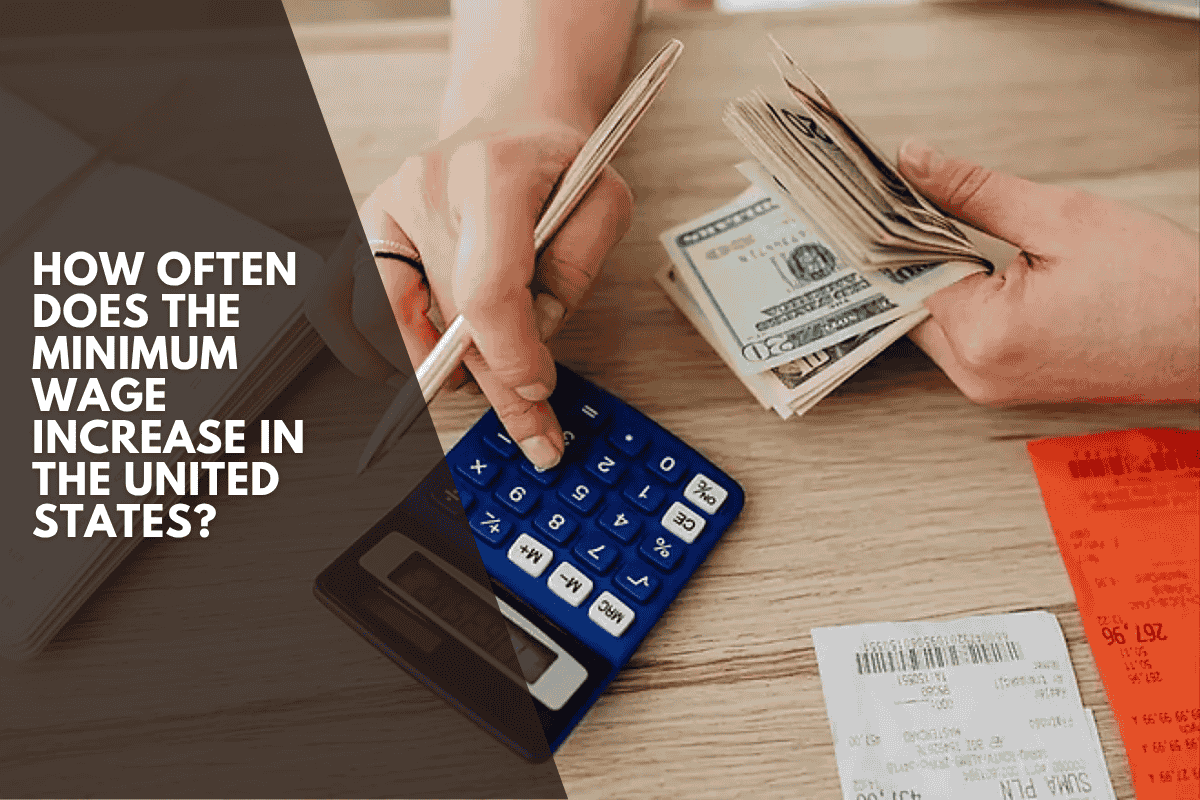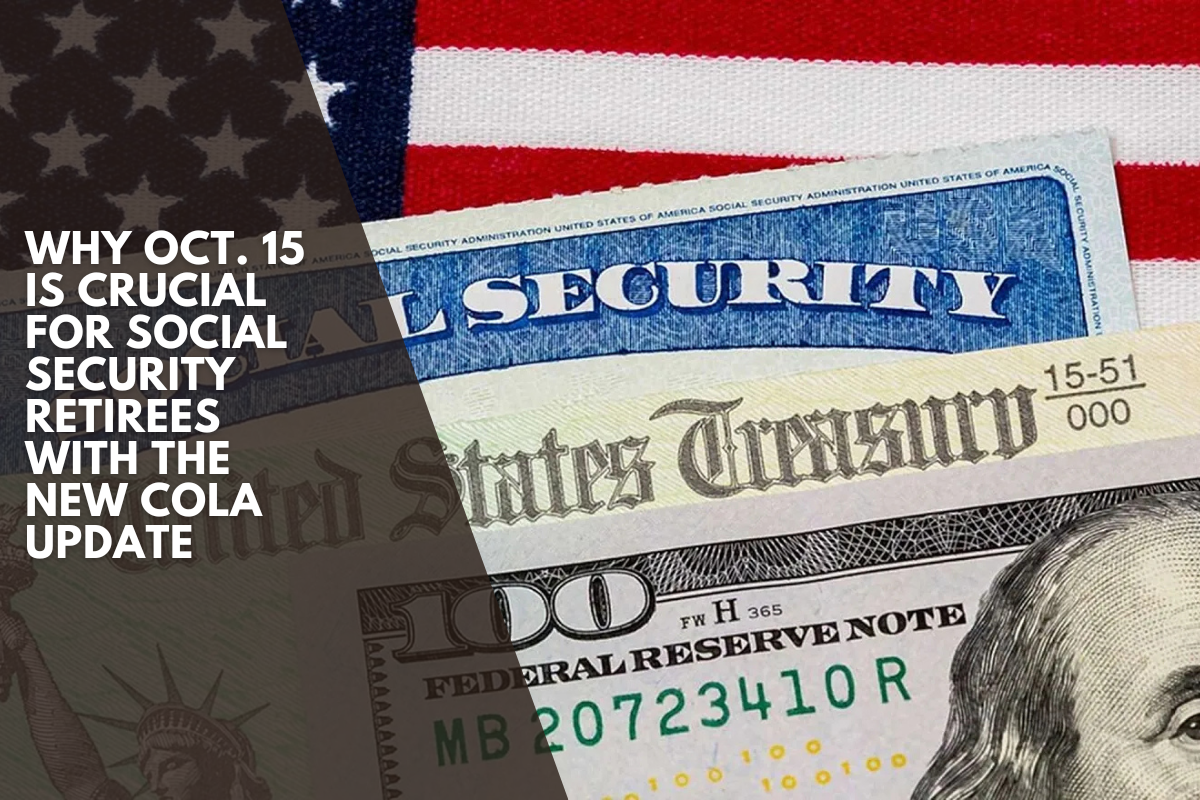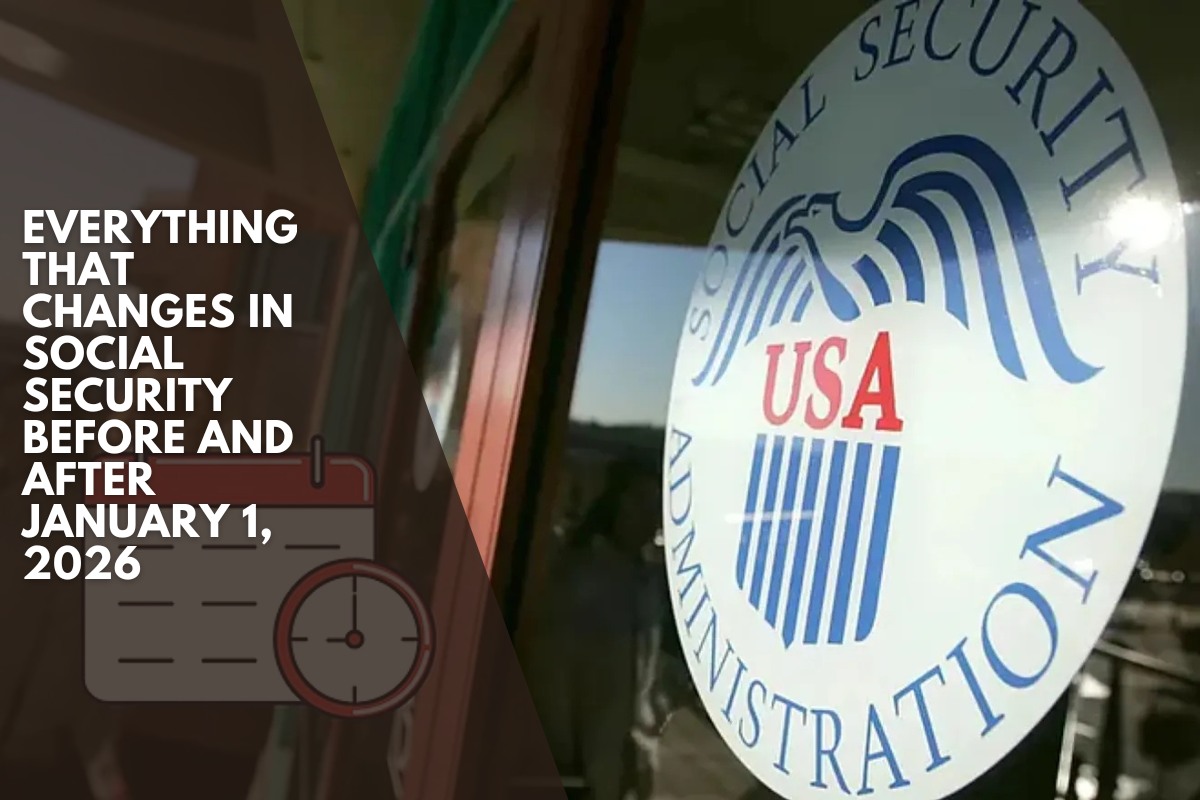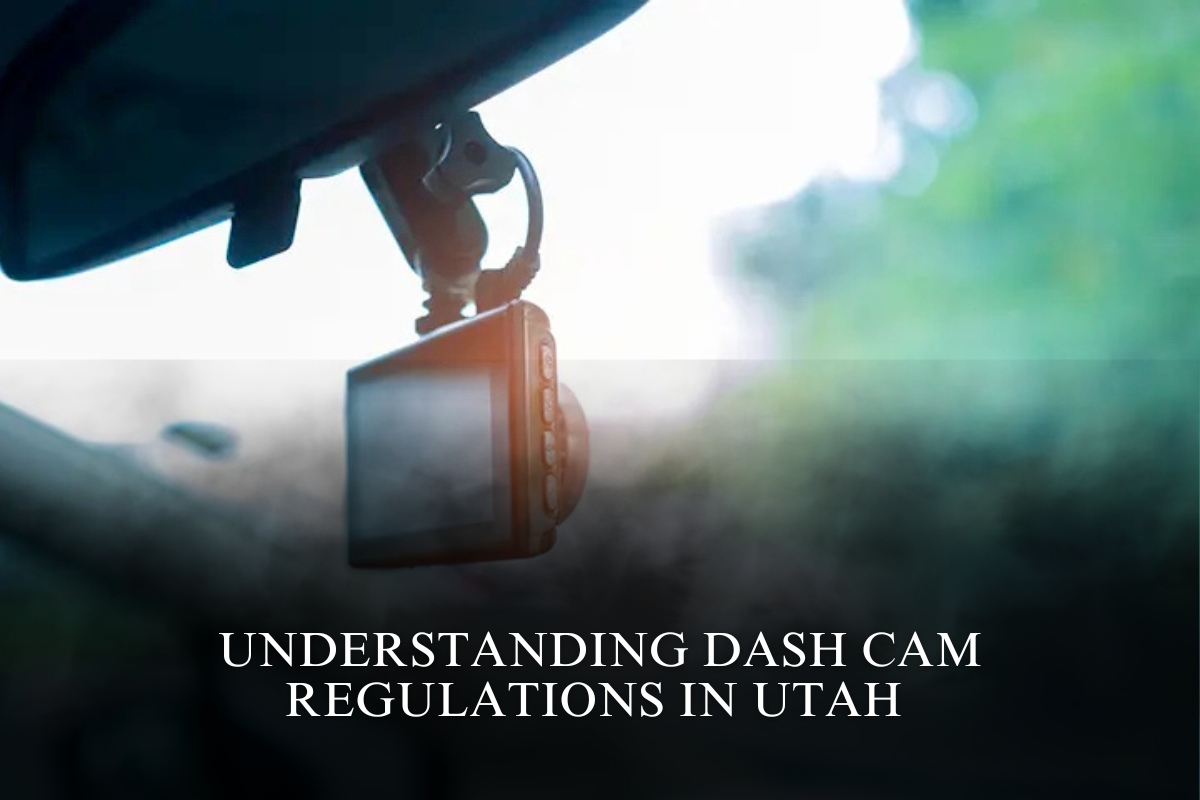The federal minimum wage in the United States has been $7.25 per hour since July 24, 2009, as mandated by the Fair Labor Standards Act (FLSA).
Despite the passage of time, the figure has not been adjusted, sparking a growing debate about its validity, true impact on the economy, and the need to update it.
There are numerous rules, exceptions, and special programs that govern how the minimum wage is applied to various groups of workers, such as young people, students, tipped workers, and people with disabilities.
How does the minimum wage work in the United States and who is covered?
The federal minimum wage applies to the majority of non-exempt employees covered by the FLSA. However, if the state establishes a higher minimum wage, the worker is entitled to the higher of the two.
There are different minimum wages for special cases.
Tipped workers: They can receive $2.13 per hour in direct wages if, including their tips, they reach at least the federal minimum wage. If they do not, the employer must make up the difference.
Young people under 20: During their first 90 days of employment, they may receive a wage of $4.25 per hour. They must then move to $7.25 per hour.
Full-time students: Under certain conditions and with a certificate from the Department of Labor, they may receive up to 85% of the minimum wage.
Student apprentices: High school students in vocational programs may receive up to 75% of the minimum wage with the appropriate certificate.
The law applies to businesses with annual revenues of at least $500,000, as well as employees involved in interstate commerce and those working in the public, educational, and domestic sectors.
Why isn’t the minimum wage being raised?
Although the federal minimum wage has remained unchanged since 2009, pressure to raise it has grown. According to surveys, two-thirds of Americans want it raised to $15 per hour.
Labor organizations and experts argue that if the minimum wage had been adjusted based on worker productivity since 1968, it would now be around $24 per hour.
Furthermore, according to Congressional reports, raising the minimum wage to $15 per hour by 2025 could boost the incomes of up to 27.3 million workers and lift 1.3 million families out of poverty.
It has also been refuted that an increase would harm job creation, with studies demonstrating that in many cases, employment and consumer spending increased following previous increases.
Despite popular and trade union support, any increase in the federal minimum wage must be passed by Congress and signed by the President before it can take effect.
For the time being, the minimum wage remains frozen, but there is ongoing pressure and debate about raising it.












